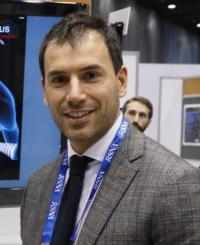Minimally Invasive Treatment Provides Relief from Back Pain
Released: November 29, 2017
At A Glance
- A minimally invasive treatment relieves low back pain in most patients in a single 10-minute session.
- After treatment, patients can resume normal activities within a day.
- Low back pain affects more than 80 percent of the population at some point.
- RSNA Media Relations
1-630-590-7762
media@rsna.org - Maureen Morley
1-630-590-7754
mmorley@rsna.org - Linda Brooks
1-630-590-7738
lbrooks@rsna.org
CHICAGO — The majority of patients were pain free after receiving a new image-guided pulsed radiofrequency treatment for low back pain and sciatica, according to a study presented today at the annual meeting of the Radiological Society of North America (RSNA).
Low back pain is an extremely common problem that affects at least 80 percent of the population at some point in their lifetime. It is the most common cause of job-related disability. Low back pain affects men and women equally.
Most back pain is short-term, but about 20 percent of people affected by acute low back pain go on to develop chronic low back pain lasting a year or more. A compressed and herniated disk, in which the rubbery cushion between vertebrae impinges on and irritates nearby nerves, is a major cause of low back pain that can radiate to the legs.
"The nerve root is a sensitive structure that when pinched becomes inflamed and causes pain," said lead investigator Alessandro Napoli M.D., Ph.D., an interventional radiologist at Sapienza University of Rome. "The body reacts with muscle constriction, which decreases the distance between vertebrae, and a vicious cycle is created."
The single-center prospective study included 80 patients experiencing at least three months of low back pain due to a herniated disk that had not responded to conservative treatments including exercise and medication.
The patients underwent a minimally invasive interventional radiology procedure in which, with the help of CT imaging, a needle is guided to the location of the bulging disc and nerve root. A probe is then inserted through the needle tip and delivers pulsed radiofrequency energy to the area over a 10-minute period. Even without touching the disc, the pulsation serves to resolve the herniation.
"The probe delivers a gentle electrical energy, so there's no thermal damage," Dr. Napoli said. "The results have been extraordinary. Patients have been relieved of pain and resumed their normal activities within a day."
Of the 80 patients treated, 81 percent were pain free one year after a single 10-minute treatment session. Six patients required a second pulsed radiofrequency session. Ninety percent of the patients were able to avoid surgical treatment.
"Following this treatment, inflammation and pain go away. With relaxation of the muscles, the distance between the vertebrae returns," Dr. Napoli explained.
Dr. Napoli said no patients experienced side effects after receiving the minimally invasive outpatient treatment.
"There's a big gap between conservative treatments for disc compression and herniation and surgical repair, which can lead to infection, bleeding and a long recovery period," Dr. Napoli said. "Evolving technologies like this image-guided treatment may help a substantial number of patients avoid surgery."
Co-authors are Roberto Scipione, M.D., Hans Peter Erasmus, M.D., Cristina Marrocchio, M.D., Susan Dababou, M.D., and Carlo Catalano, M.D.
Note: Copies of RSNA 2017 news releases and electronic images will be available online at RSNA.org/press17 beginning Monday, Nov. 27.
RSNA is an association of over 54,000 radiologists, radiation oncologists, medical physicists and related scientists, promoting excellence in patient care and health care delivery through education, research and technologic innovation. The Society is based in Oak Brook, Ill. (RSNA.org)
Editor’s note: The data in these releases may differ from those in the published abstract and those actually presented at the meeting, as researchers continue to update their data right up until the meeting. To ensure you are using the most up-to-date information, please call the RSNA Newsroom at 1-312-791-6610.
For patient-friendly information on interventional radiology procedures, visit RadiologyInfo.org.
Videos (.mp4 format)

Video 1. Dr. Alessandro Napoli discusses his research on low back pain treatment.
Download.mp4
(Right-click and Save As)
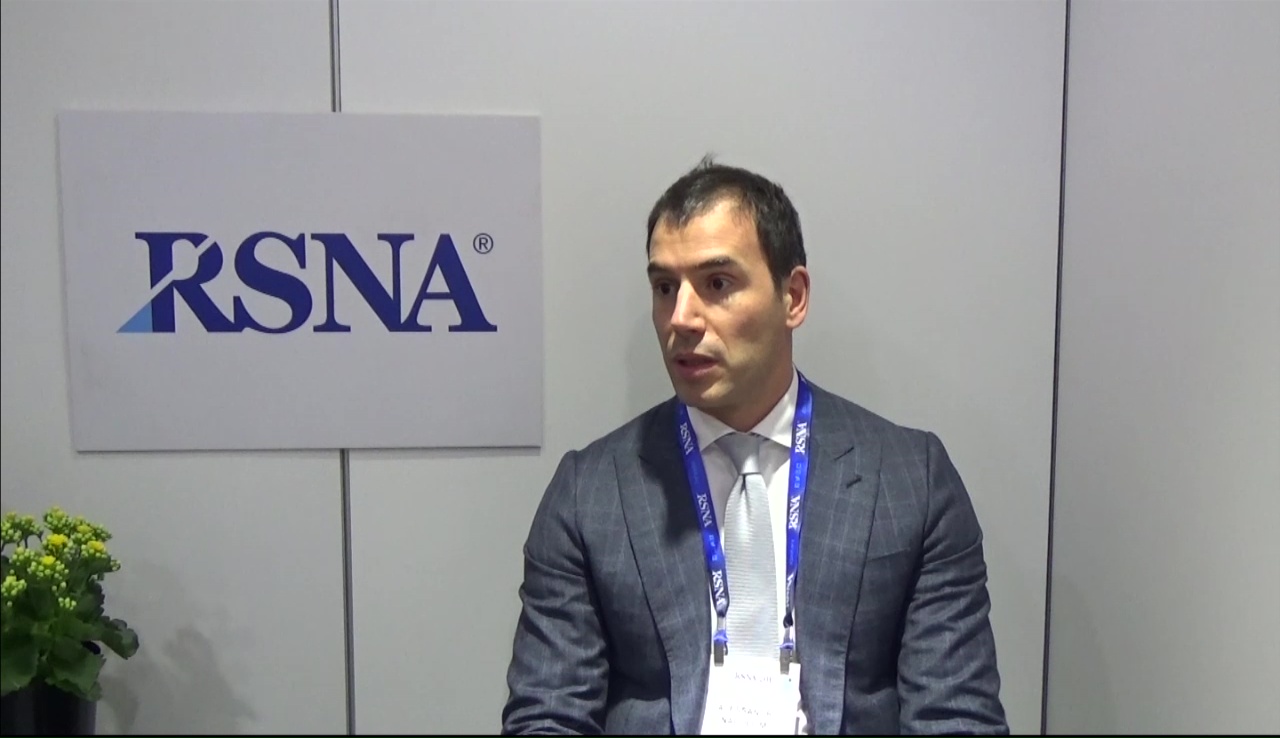
Video 2. Dr. Alessandro Napoli discusses the most important finding of his study on low back pain treatment.
Download.mp4
(Right-click and Save As)
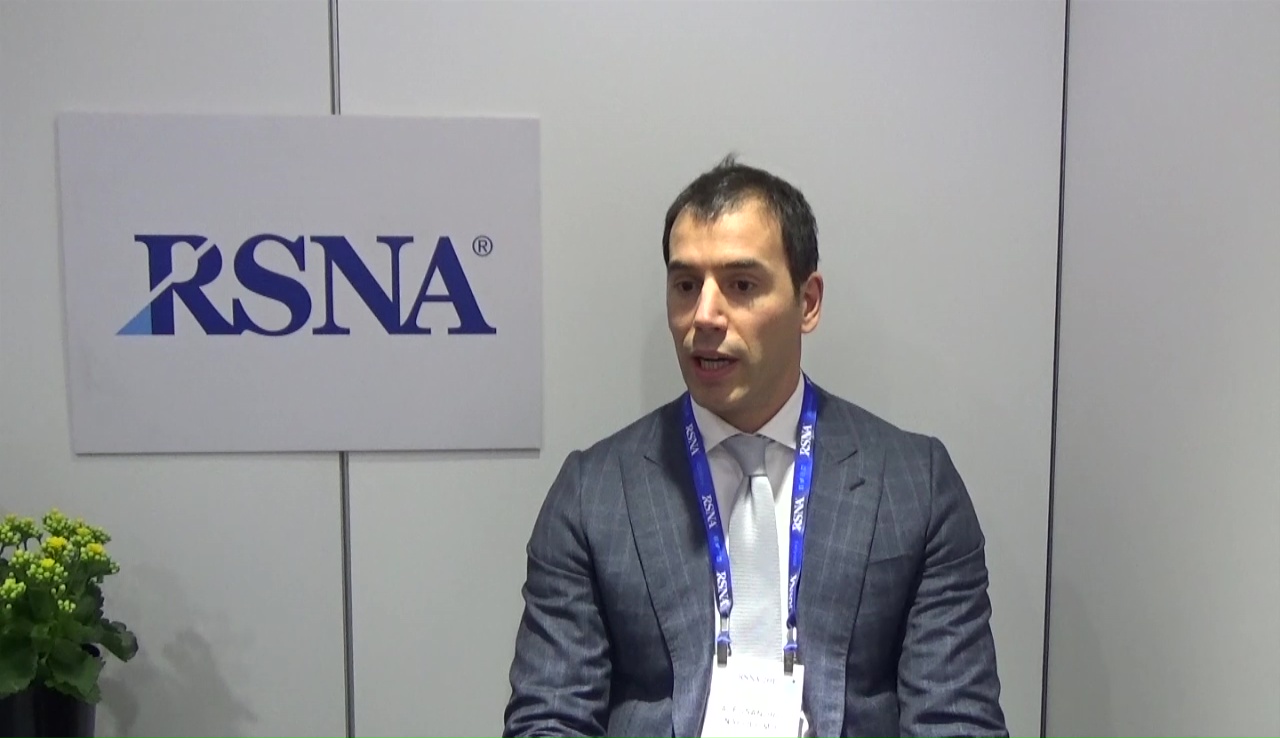
Video 3. Dr. Alessandro Napoli discusses how the treatment works for low back pain.
Download.mp4
(Right-click and Save As)
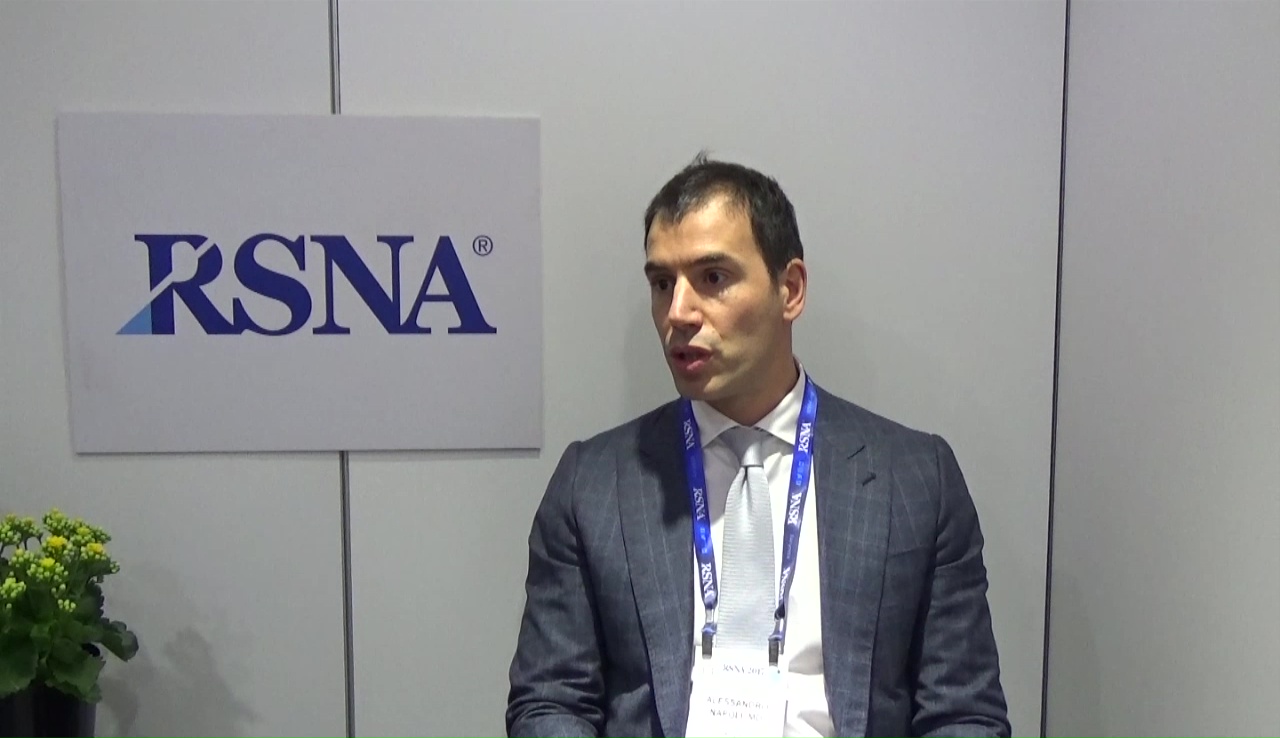
Video 4. Dr. Alessandro Napoli discusses who the candidates are for this treatment.
Download.mp4
(Right-click and Save As)
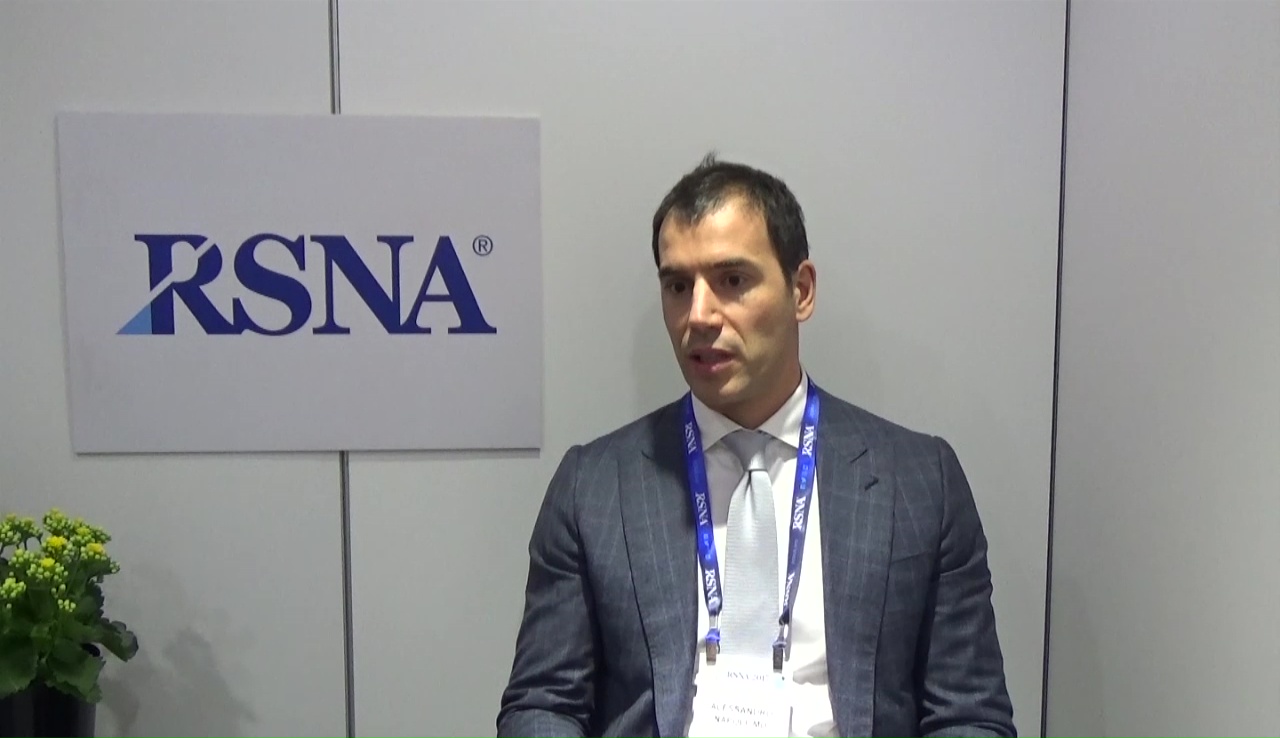
Video 5. Dr. Alessandro Napoli discusses how this treatment compares to standard treatments.
Download.mp4
(Right-click and Save As)
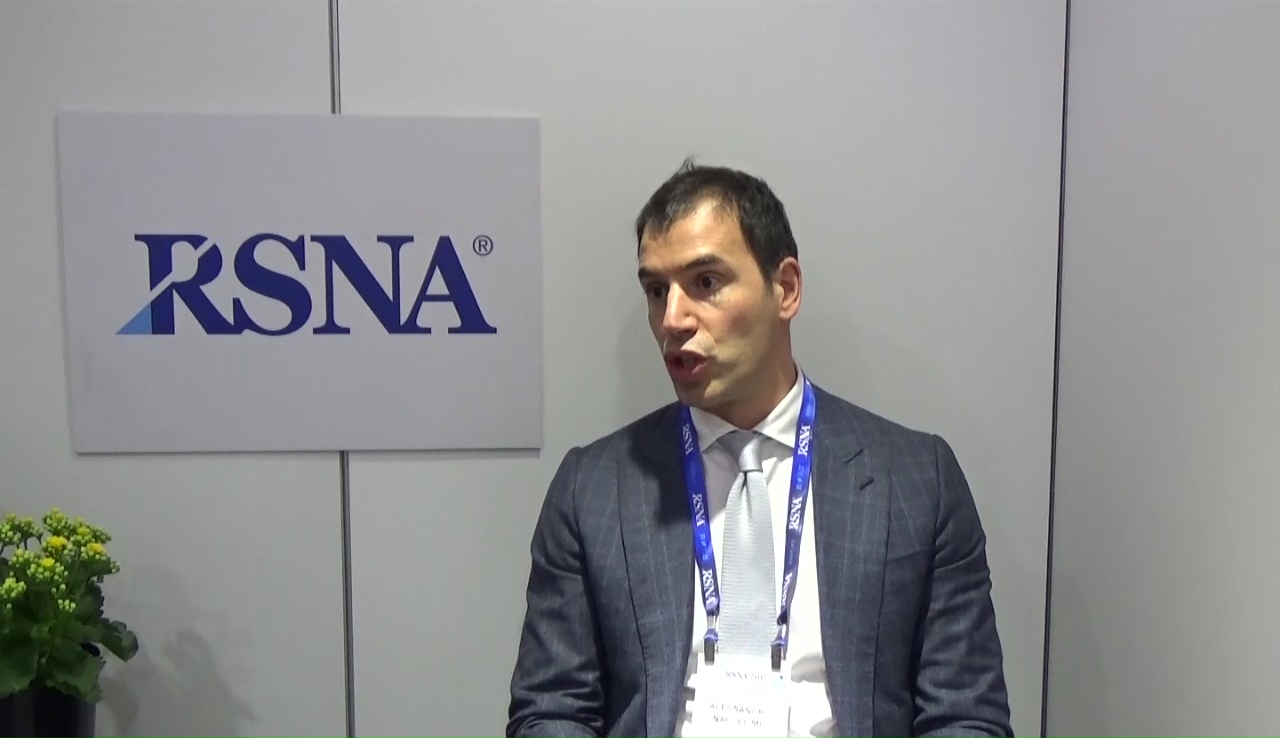
Video 6. Dr. Alessandro Napoli discusses any side effects from this treatment.
Download.mp4
(Right-click and Save As)
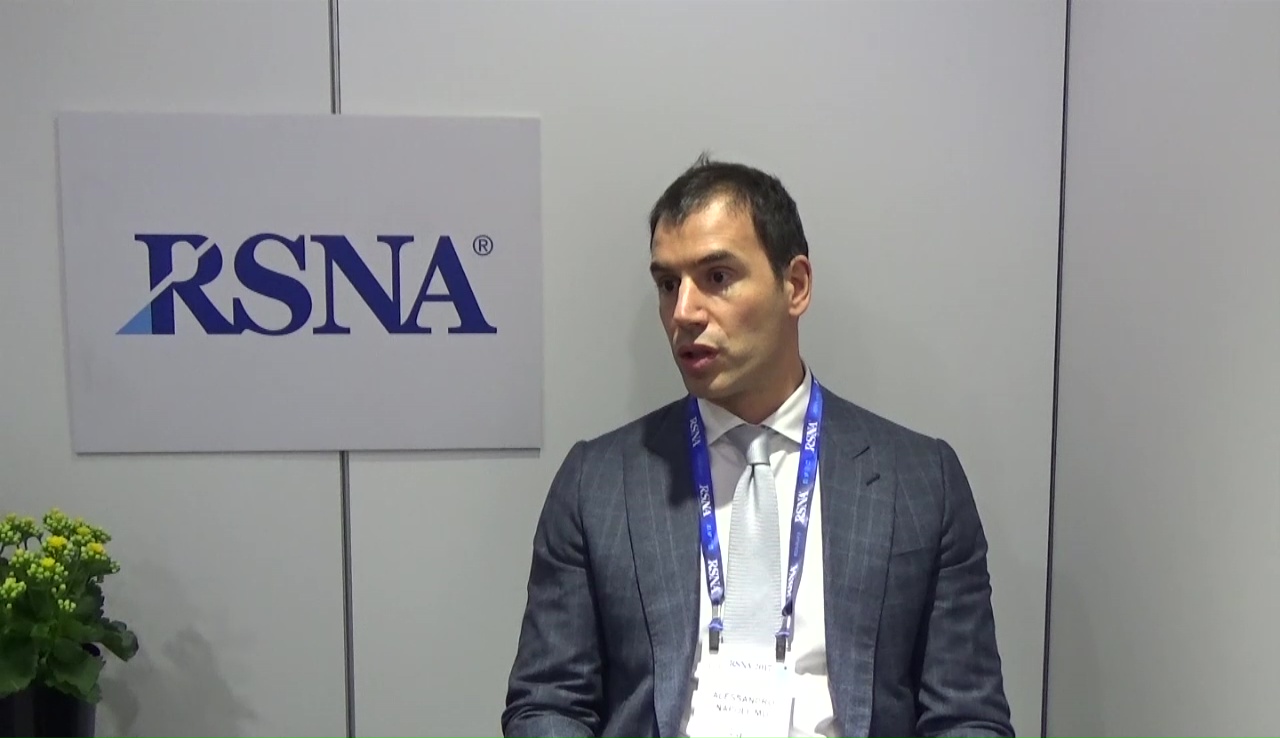
Video 7. Dr. Alessandro Napoli discusses the effectiveness of the treatment.
Download.mp4
(Right-click and Save As)
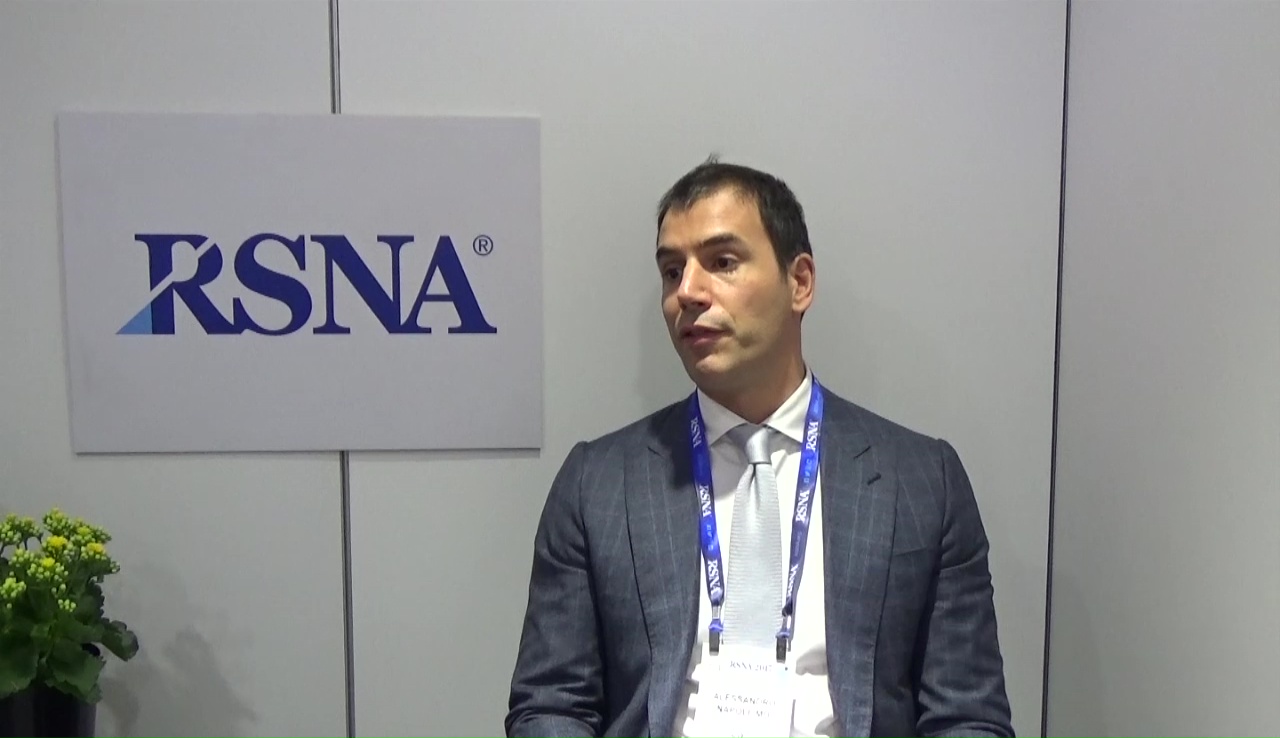
Video 8. Dr. Alessandro Napoli discusses whether or not one treatment is sufficient.
Download.mp4
(Right-click and Save As)
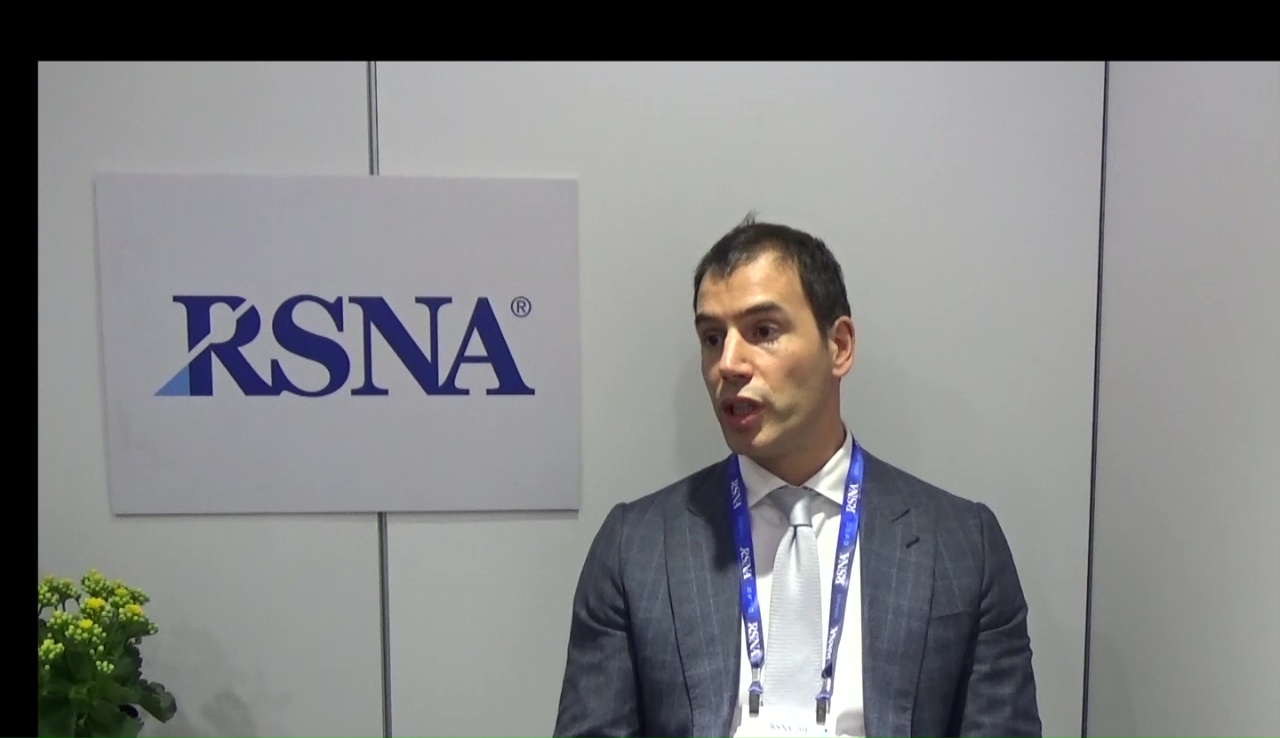
Video 9. Dr. Alessandro Napoli discusses why this research is important.
Download.mp4
(Right-click and Save As)
Images (.JPG and .TIF format)
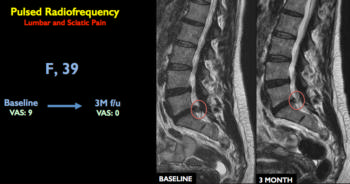
Figure 1. Lumbar spine MRI showing vertebra at baseline and 3 months after treatment
High-res (TIF) version
(Right-click and Save As)
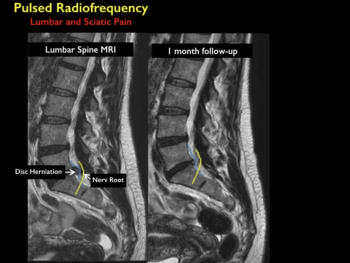
Figure 2. Lumbar spine MRI showing disc herniation and nerve root at baseline and one month after treatment
High-res (TIF) version
(Right-click and Save As)
